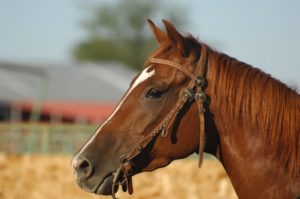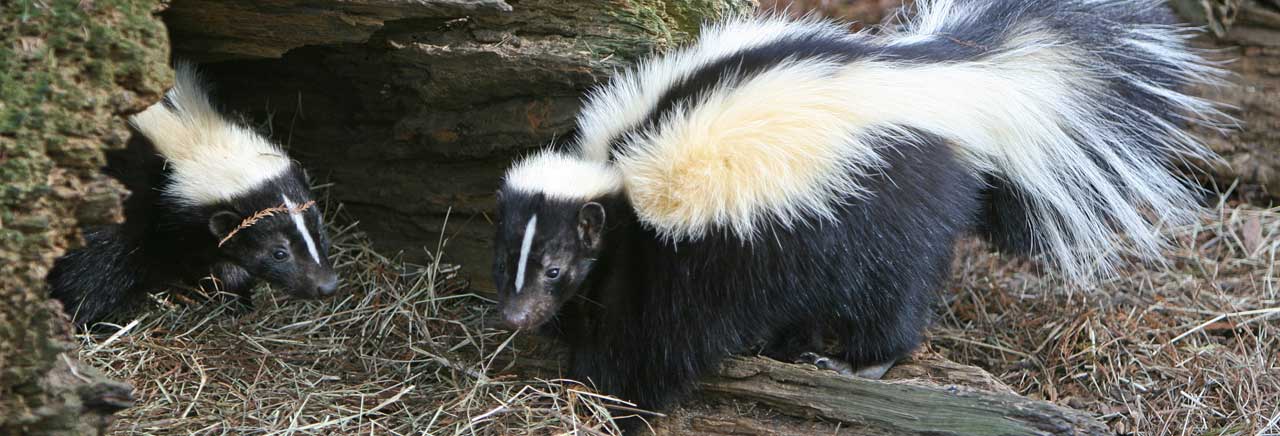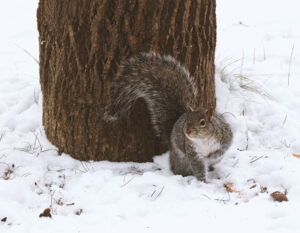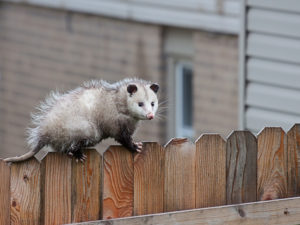
Opossums and your horse’s health
One disease that horse owners in North America (particularly on the east coast) should be aware of is EPM (Equine Protozoal Myeloencephalitis).
EPM is a neurological disease that can be difficult to diagnose due to varying symptoms. Moreover, it is important that owners are aware of the disease as it can be fatal if it goes untreated.
Furthermore, this particular parasite attacks the brain and spinal cord. Ultimately, it causes devastating and long-lasting damage to the nervous system.
Luckily, Equine Protozoal Myeloencephalitis is treatable and horses recover well if it is treated promptly. Additionally, most horses show improvement after a few weeks of treatment.
How is EPM Contracted?
The primary cause of EPM is opossum droppings. Furthermore, horses contract the disease from eating contaminated feed or grazing.
What are the symptoms?
EPM presents itself subtly or severely. It can present symptoms similar to several other neurological diseases in horses. Common symptoms shown are:
- Changes in gait, lameness
- Abnormal sweating
- Problems balancing with lifted hoof
- Incoordination (worsens going up or down slopes)
- Muscle atrophy, usually over shoulders
- Paralysis of muscles of the eyes, face, or mouth, evident by drooping eyes, ears, or lips.
- Mild depression
- Trouble swallowing, dropping feed.
- Leaning on a wall for balance
- Loss of sensation along the face, neck, or body.
- A drooping lip or repeated facial twitch
- Change in vision
- Dropped feed or trouble swallowing
- Head tilt
- Drooping ear
- Changes in behavior, including throwing the rider
How is EPM prevented?
As there are no preventable vaccines for EPM, the most effective preventative measure is to keep opossums away from horses and their feed. Ultimately, we recommend keeping feed covered when not in use and removing any garbage as soon as possible.
If you have a problem with opossums on your property, particularly if they pose a threat to your horse’s safety, don’t hesitate to call us for professional opossum removal.




